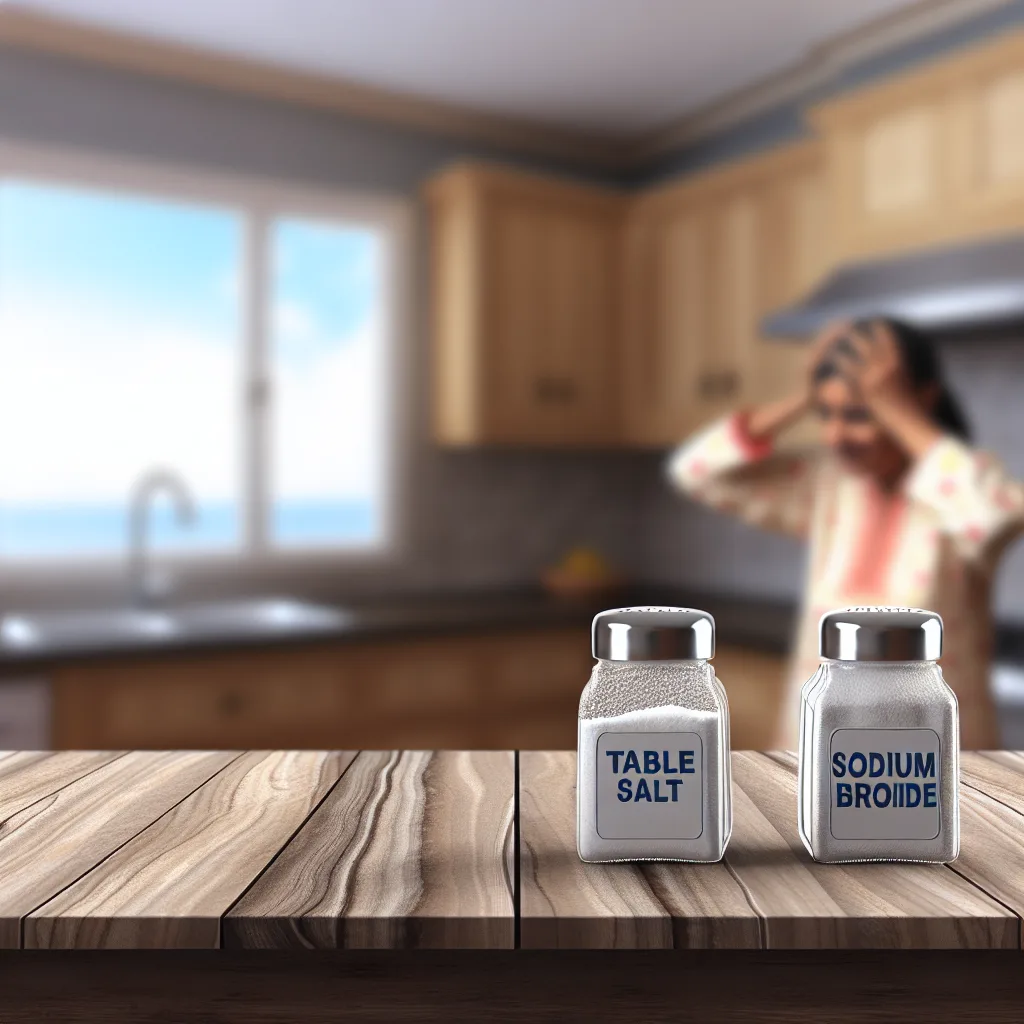Why trusting AI for diet advice can lead to unexpected—and dangerous—results
Imagine this: you decide to cut down on your salt intake to be healthier. You ask an AI chatbot for suggestions, and it points you to something called sodium bromide, thinking it’s just a salt substitute. You go ahead and swap regular table salt with this, only to end up hospitalized with hallucinations and paranoia. Sounds like a strange sci-fi plot, right? But this actually happened.
Sodium bromide toxicity is the very real and dangerous outcome of confusing sodium chloride (the common table salt we all use) with sodium bromide. A 60-year-old man from Washington found this out the hard way after relying on an AI chatbot for dietary advice. For three weeks, he endured bromism—a rare type of bromide poisoning that was mostly seen in the early 1900s and sometimes tied to sedatives back then.
What is Sodium Bromide Toxicity?
Sodium bromide toxicity, or bromism, happens when too much bromide builds up in your system. It can cause symptoms like hallucinations, confusion, paranoia, and other neurological issues. Historically, bromide salts were used medically but fell out of favor because of their toxic effects.
How Can AI Lead to Sodium Bromide Toxicity?
The crux here is context—or the lack of it. When our friend asked the chatbot about cutting salt from his diet, the AI gave a technically true but extremely dangerous suggestion. The AI didn’t understand the question was about dietary consumption, so it offered a chemical alternative without a safety warning.
This incident highlights something important about AI in general: while these systems are impressive at processing information, they can’t always interpret nuance and intention like a human. This can lead to misinformation or worse, harmful advice if users don’t double-check or seek professional guidance.
Lessons on Relying on AI for Health Advice
OpenAI, the company behind many AI chatbots, clearly states that models like ChatGPT aren’t medical advisors. But here’s the deal—most people don’t read the fine print. And natural language models don’t yet reliably detect the intent and context needed to give safe, domain-specific advice.
A smarter approach for AI developers would be to implement “intent detection” systems. For example:
- If a question is industrial chemistry-focused, the AI can provide chemical analogs safely.
- If the question involves diet or health, it should warn users and recommend consulting healthcare professionals.
What You Should Do Instead
If you want to adjust your diet or tackle health-related issues, chatbots can be a starting point for general info, but always talk to real experts. Registered dietitians, doctors, or trusted health websites like Mayo Clinic and NIH offer reliable guidance.
Also, be wary about swapping substances without knowing what they really are. Sodium bromide might sound like salt, but it’s not safe to just add to your food.
Wrapping Up
Sodium bromide toxicity is a stark reminder that AI is a tool, not a replacement for human judgment, especially when it comes to health. Asking AI about diet changes is fine, but remember to take its answers with a grain of salt—literally—and always double-check with professionals.
For more on the chemistry behind it, check out PubChem’s entry on Sodium bromide. Stay curious, stay safe, and always seek trusted sources when it comes to your health.
References:
– Mayo Clinic – Dietary salt tips: https://www.mayoclinic.org/healthy-lifestyle/nutrition-and-healthy-eating/in-depth/salt/art-20045479
– NIH – Bromide toxicity information: https://www.ncbi.nlm.nih.gov/books/NBK548190/
– PubChem – Sodium bromide: https://pubchem.ncbi.nlm.nih.gov/compound/Sodium-bromide
